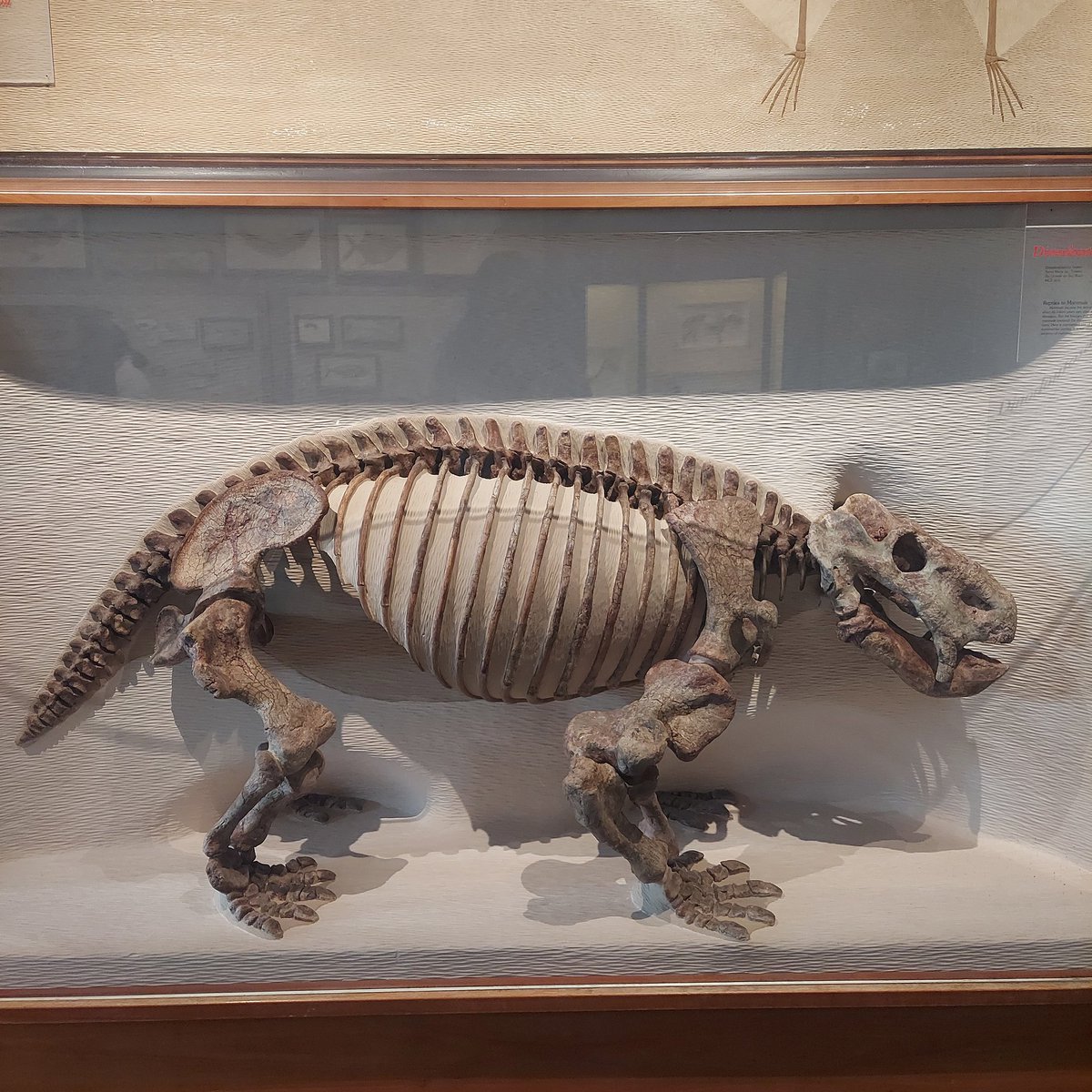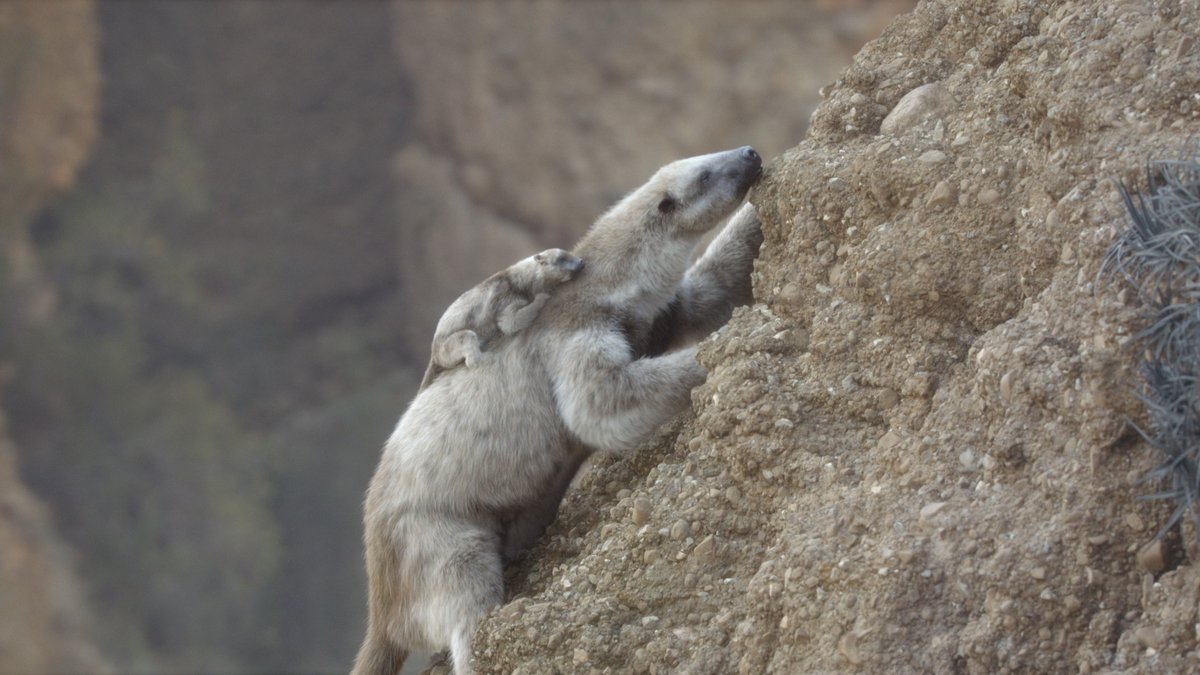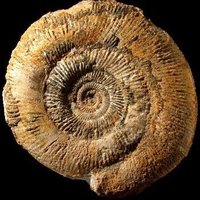
Andrzej Wolniewicz
@aswolniewicz
Palaeontologist 🦕 | Early reptile evolution 🦎 | @NAWAPoland Bekker Fellow at @fieldpalaeo @EarthSciCam @Cambridge_Uni 🇬🇧 & Asst Prof at @IPaleoPAN 🇵🇱🇪🇺
ID: 3015541576
https://scholar.google.com/citations?user=P5XokDgAAAAJ&hl=en 03-02-2015 22:10:25
6,6K Tweet
1,1K Takipçi
1,1K Takip Edilen





New publication on the muscular biomechanics on the forelimb of Utah's Falcarius; more therizinosaurs please. Need more, but similar work on ankylosaur forelimb baud plans as well. onlinelibrary.wiley.com/doi/10.1002/jm… Utah Geological Bureau of Land Management Utah University of Utah NHMU



New story out about the newly minted Fernatator prenticei: thefreepress.ca/local-news/new… via @ferniefreepressThe Fernie Free Press @ferniefreepress #CMNPalaeo
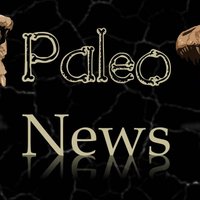
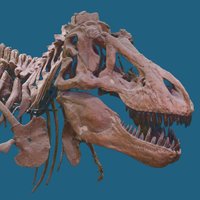

It's #fossilfriday! Dinodontosaurus Romer 1943, as displayed at Harvard University Museum of Natural History. It was a marvelous experience have studied this historical specimen firsthand.
